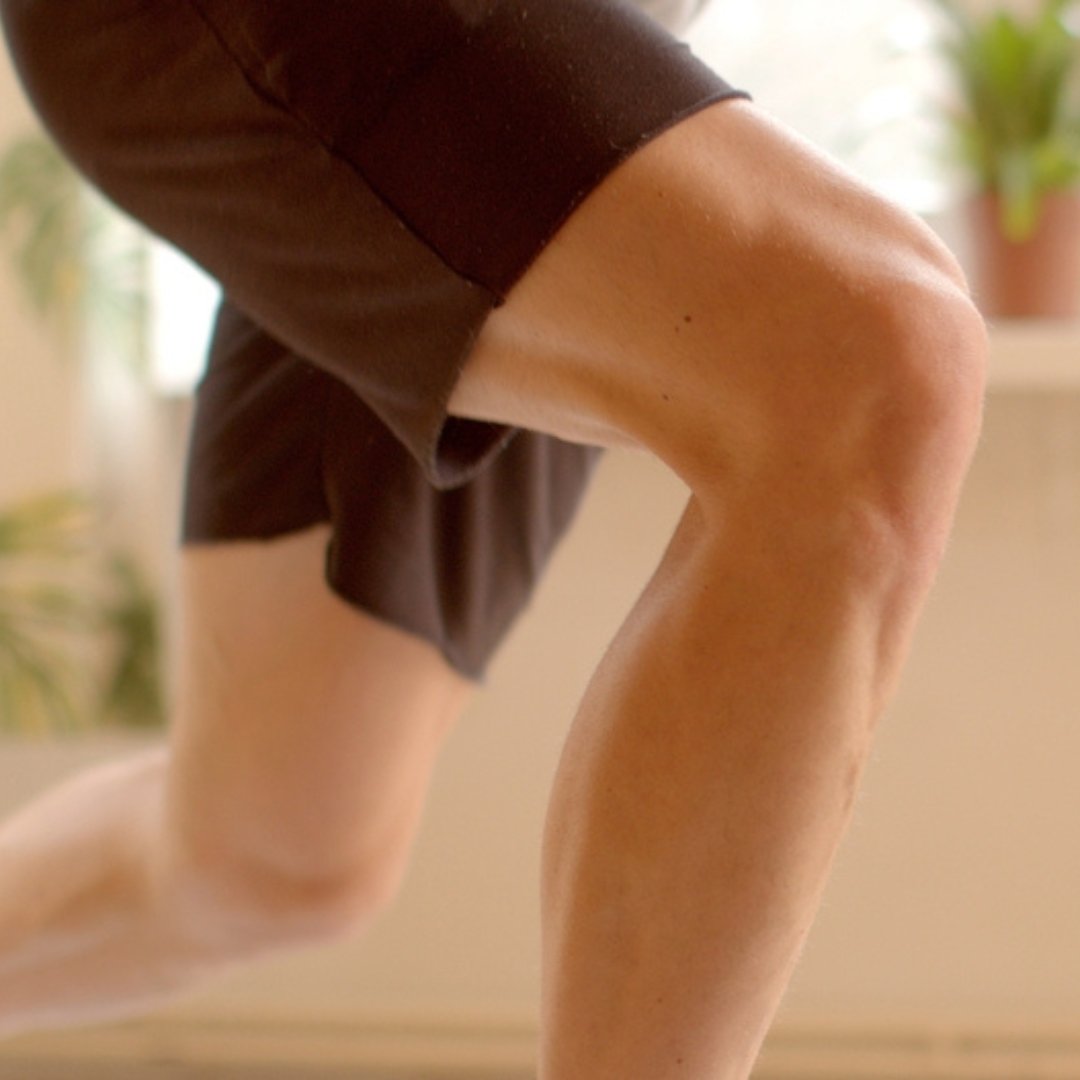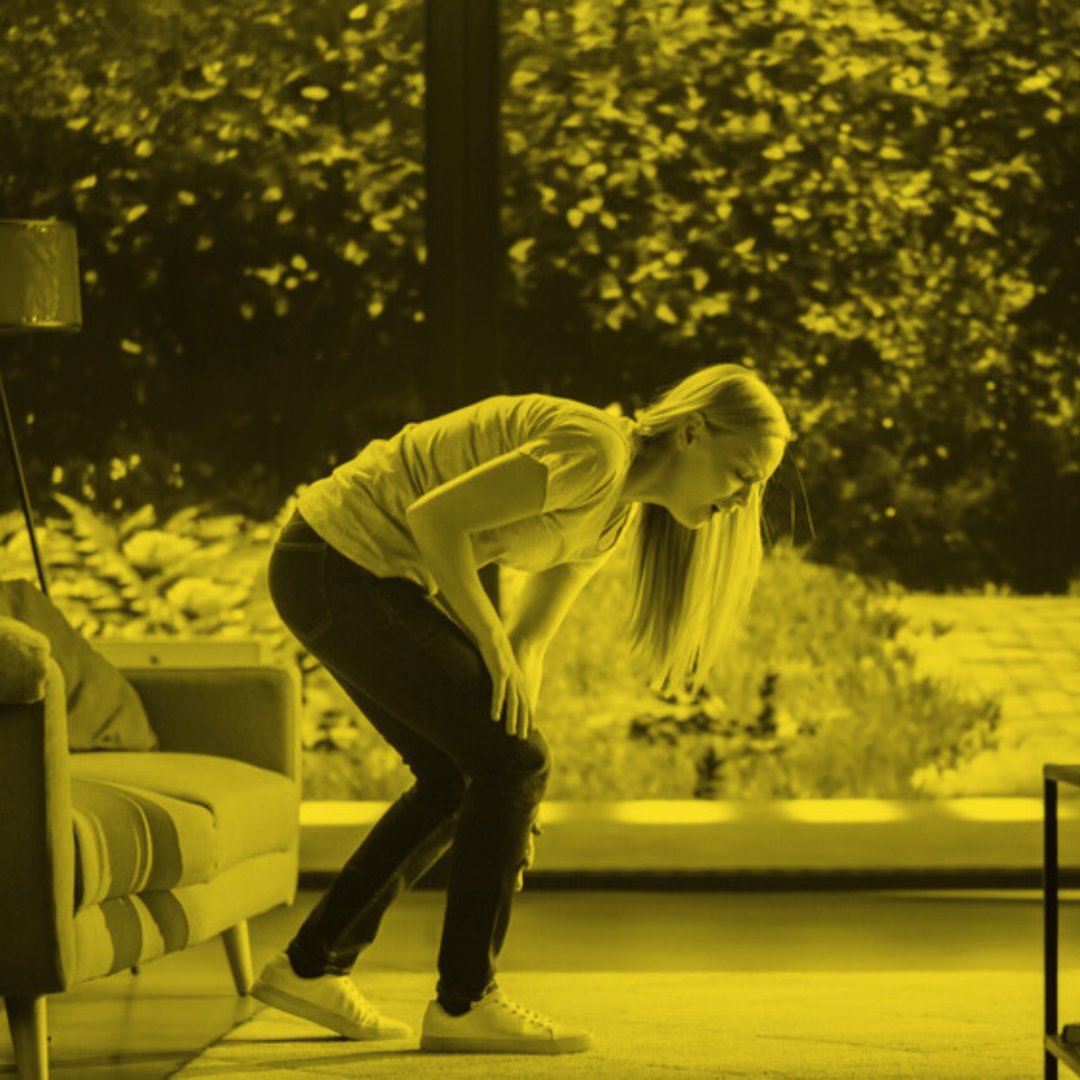
How Soon Should You Go Back to Driving After Knee Replacement Surgery?
Driving after knee replacement surgery? Learn when it’s safe to return to the road and how to manage stiffness, pedal control, and long-drive comfort.
Knee pain doesn’t always begin in the knee. I know, it sounds odd—maybe even a little frustrating. You’re probably thinking, “If my knee hurts, it must be a knee problem, right?” Not necessarily.
Let me explain it the way I describe it to people I work with. Imagine your body as a big, busy city. Your knee is like the main intersection—everyone passes through. But if the roads leading in and out (aka your muscles) are full of potholes or poorly managed traffic, things start to jam up. That’s when pain sets in.
Most people zero in on the joint when it starts acting up, but the truth is, your knee is often just the messenger. Weakness or dysfunction in other areas of your body—like your glutes, core, hip flexors, or calves—can send that joint into a world of hurt.
So, if you've been icing, stretching, massaging or bracing your knees without relief, it's time to look a little higher. And a little lower. Let's break down the surprising culprits behind chronic knee pain and what you can do to strengthen your way out of it.
You already know that knee pain is uncomfortable. But what’s really behind it? The knee doesn’t operate in isolation—it’s part of a larger chain of movement that begins at your hips and ends at your feet. If one link is off, the whole chain can suffer.
Before you go blaming your knees entirely, let’s explore the key muscle groups that quietly shape your knee health behind the scenes.
These aren’t just any muscles. They’re the behind-the-scenes crew that keeps your knees moving smoothly, and when they’re not pulling their weight, your knees pay the price.
These powerhouse muscles in your backside help control your hip movement and stabilize your pelvis. When they’re working properly, they protect your knees from unnecessary strain. When they’re not—well, your knees start doing more than they should.
The gluteus medius keeps your knees from collapsing inward when you walk or climb stairs. The glute max helps with pushing off the ground and stabilizing your entire lower body.
You may notice your knees caving in when you squat or a wobbly sensation during walking. That’s your glutes taking the day off—and your knees picking up the slack.

No, we’re not just talking six-packs. Your core includes the deep muscles around your spine and pelvis. These stabilize your trunk, keep your posture in check, and indirectly control how your legs move.
A strong core keeps your pelvis stable. When your pelvis tilts or rotates, it throws off your knee alignment. Think of it as the foundation of a house—if it’s crooked, everything built on top of it shifts, too.
A weak core can result in compensations throughout your gait, forcing your knees to absorb stress they weren’t designed to handle.
These often-overlooked muscles help with reaching activities, maintaining a smooth and coordinated stride, and going up stairs.
Hip flexors keep your pelvis in check, and adductors help guide your leg inward. Both are crucial for keeping your knees aligned, especially during walking or getting out of a chair.
Pain during prolonged sitting, a short stride, or instability while turning can all be signs that your hip flexors and adductors need attention.
Surprise! Your calves do more than power your ankles. They help with shock absorption and balance—two things your knees desperately need.
Calves help manage the impact from walking, running, or jumping. When they’re weak, your knees have to absorb more force than they should.
Ankle wobble, foot pain, or poor balance? Your calves might be underperforming, making your knees overwork to stabilize you.
If you’ve ever noticed these symptoms, your supporting muscles might be silently contributing to your knee pain:
You don’t need fancy machines or lab tests to spot these patterns. Sometimes, your body is already telling you what it needs—you just have to know how to listen.
Before jumping into exercises, take a moment to assess where you’re starting. Simple movement screens can clue you in on which muscles need the most love.
Start with these easy self-checks:

These moves may not be flashy, but they get the job done. Add these to your weekly routine:
It doesn’t have to be a full workout to be effective. Try weaving these exercises into your daily habits:
The little things add up, especially when consistency becomes your secret weapon.
Knee pain isn’t always just about your knees. In many cases, it’s a sign of deeper imbalances throughout your body. Weak or tight muscles in your glutes, core, hip flexors, and calves can all contribute to poor alignment and added stress on your knees. By addressing these underlying issues, you can help realign your body, reduce pain, and regain the confidence to move freely—without hesitation or fear.
If you’ve been caught in a frustrating cycle of bracing, icing, massaging and waiting for relief that never fully comes, it might be time for a different strategy. Focusing on strengthening the right muscles could be the key to lasting relief and stronger, more resilient knees.
Good luck on your knee journey!
Good knees start here. Don’t miss a step—subscribe to KneeMail for free tips from knee expert Shehla Rooney, PT!

Driving after knee replacement surgery? Learn when it’s safe to return to the road and how to manage stiffness, pedal control, and long-drive comfort.

Protect your knee health with lifestyle tips, exercises, and therapies that help prevent degeneration and support long-term joint comfort.

Sex after knee replacement surgery is safe with the right timing, tips, and support. Learn how to return to intimacy with confidence.

Learn how neuromuscular training improves knee stability, balance, and proprioception to support joint health and prevent injuries.

Learn why knee stiffness isn’t only caused by aging and discover strategies to ease pain, improve mobility, and support long-term knee health.